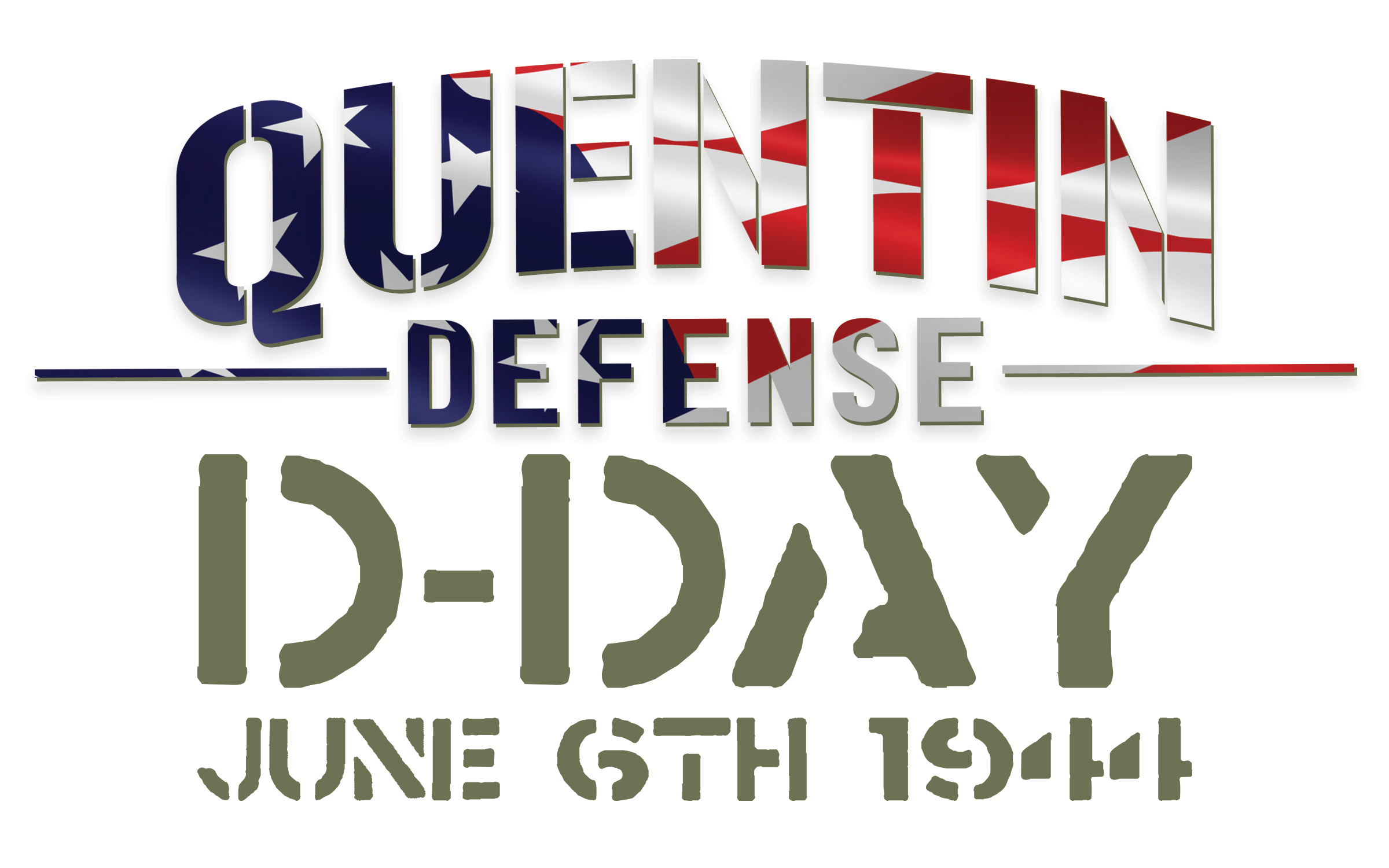SOME INFO ABOUT D-DAY
D-Day – 6 June 1944 – was the largest amphibious invasion in the history of warfare. The statistics of D-Day, codenamed Operation Overlord, are staggering. The Allies used over 5,000 ships and landing craft to land more than 150,000 troops on five beaches in Normandy. The landings marked the start of a long and costly campaign in north-west Europe, which ultimately convinced the German high command that defeat was inevitable.
The defeat of Germany was acknowledged as the western Allies’ principal war aim as early as December 1941. Opening a second front would relieve pressure on the Soviet Union in the east and the liberation of France would weaken Germany’s overall position in western Europe. A successful invasion would drain German resources and block access to key military sites.
A command team led by General Dwight D. Eisenhower was formed in December 1943 to plan the naval, air and land operations. Deception campaigns were developed to draw German attention and German military assets away from Normandy.
To build up resources for the invasion approximately 9 million tons of supplies and equipment crossed the Atlantic from North America to Britain.
By 1944, over 2 million troops from over 12 countries were in Britain in preparation for the invasion.
The invasion was conducted in two main phases – an airborne assault and amphibious landings. Shortly after midnight on 6 June, over 18,000 Allied paratroopers were dropped into the invasion area to provide tactical support for infantry divisions on the beaches. Allied air forces flew over 14,000 sorties in support of the landings and, having secured air supremacy prior to the invasion, many of these flights were unchallenged by the Luftwaffe.
Nearly 7,000 naval vessels, including battleships, destroyers, minesweepers, escorts and assault craft took part in Operation ‘Neptune’, the naval component of ‘Overlord’. Naval forces were responsible for escorting and landing over 132,000 ground troops on the five assault beaches – Utah, Omaha, Gold, Juno and Sword. They also carried out bombardments on German coastal defenses before and during the landings and provided artillery support for the invading troops.
Germany tried to defend the northern coast of France with a series of fortifications known as the ‘Atlantic Wall’. However, German defenses were often incomplete and insufficiently manned.
The Allied deception campaigns succeeded in convincing the Germans as late as July 1944 that the main invasion force would still land elsewhere. The threat of this larger, second invasion kept German reinforcements tied down away from Normandy.
D-Day was also made possible because of Allied efforts across all fronts, both before and after June 1944.
The Allied strategic bombing campaign, which began in 1942, weakened German industry and forced Germany to commit manpower and resources away from Normandy to home defense. Securing air superiority allowed the Allies to carry out aerial reconnaissance, giving them vital intelligence on German coastal defenses.
D-Day also depended on Allied control of the Atlantic, which was achieved in 1943 through victory in the Battle of the Atlantic. As well as campaigns in Italy which directed German troops away from the Western and Eastern Fronts. The Soviet Belorussian offensive, Operation ‘Bagration’, was launched just after ‘Overlord’ and destroyed the entire German Army Group Centre. It also kept German forces tied down in the east.
‘Operation Overlord’ did not bring an end to the war in Europe, but it did begin the process through which victory was eventually achieved. By the end of August 1944, the German Army was in full retreat from France, but by September Allied momentum had slowed. The Germans were able to regroup and launched a failed but determined counter-offensive in the Ardennes in December 1944. This defeat sapped German manpower and resources and allowed the Allies to resume their advance towards Germany.


